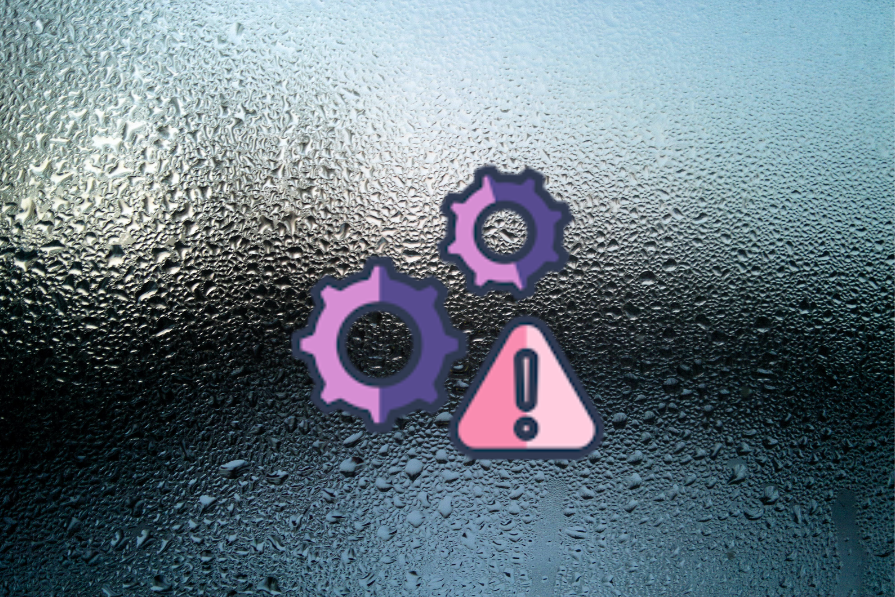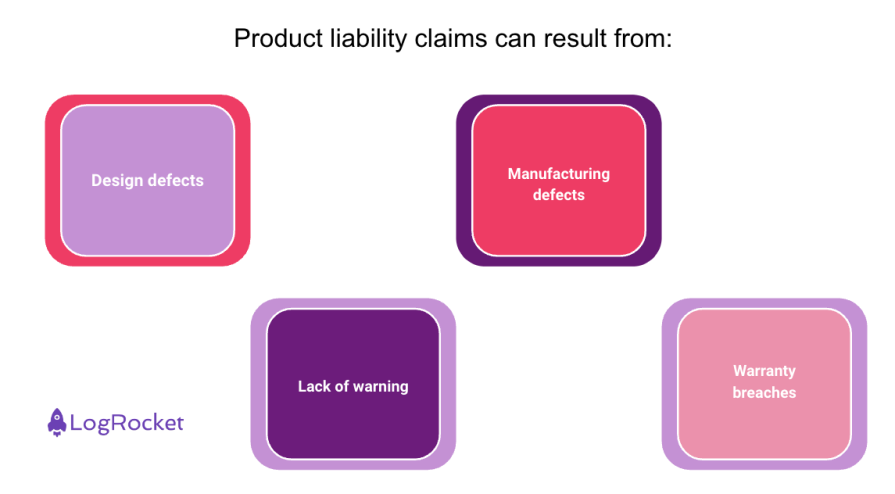To date, millions of people have been killed or injured by products they used without knowing they had a problem. Because of this, countries have established extensive product liability laws to ensure that users are protected from damages that occur from consumer products.

In the U.S., the Consumer Product Safety Commission (CPSC) intervenes on behalf of users and requires companies to issue a product recall when concerns arise. A recall can be really damaging for your product as it can diminish customer trust and brand loyalty.
As a product manager, you are equally responsible for product launches and recalls. You need to have a risk management strategy, as well as a product launch strategy. An unsuccessful recall causes reputational, financial, and legal risks.
This article covers the different types of product liabilities claims, how they impact customer perception, and real-world examples of recalls in action.
Product liability is a legal responsibility that all businesses have if they harm their user by selling a defective product. The user of the defective product has the right to sue the businesses to compensate for their recovery from the damage.
As a product manager, when you see a risk that your product might harm the user, you need to address the situation immediately. Yes, launching a recall is a hard decision, but harming a user will destroy your product’s reputation for good. You might make the decision to recall a product yourself or be forced to by a regulatory authority.
For example, Volkswagen recalled more than 260,000 vehicles due to a problem with its fuel tank suction jet pump. The issue caused a risk for fuel leaks and fires. Before the fuel leak issue, it also had another recall for airbag problems that affected over 114,000 vehicles.
After recalls, it shared detailed test results and informed users accordingly to build customer trust again. More importantly, all users’ cars were fixed or refunded to prevent a huge incident.
Despite these cases, Volkswagen still has an important share in the market and has worked to regain customer trust. Had it not acted effectively, the company could have disappeared entirely.
To proactively address liability concerns, you can create an internal product recall team for dealing with risks and ensuring quality. No one person should be in charge of your recall strategy. This should be a collaborative effort that incorporates quality control, engineering, and legal.
That said, as a PM you play a key role since you are the one who collects product data and reports that come in from customers (abuse, misuse, etc.). Success metrics, NPS results, and customer comments aren’t only for product revenue tracking, they’re also important for identifying potential concerns.
If you decide you need to launch a recall, make sure that you develop a strategy and run brainstorming sessions with other teams.
Product liability claims come from users who were injured or damaged by your product. These claims can result from:

A design defect occurs when a product harms users by its design. For instance, if you create a car with a balance problem that may cause an accident, this would be a design defect. In these cases, the issue occurs prior to the manufacturing process.
In some cases, the design itself is fine, but defects occur somewhere in the manufacturing process. A mistake during assembly created the airbag and fuel leak issues from the Volkswagen example.
When you release a product to users, you need to make sure that you disclose any side effects and risks it might pose. If you fail to do this, this could result in a lack of warning claim. These tend to happen with medications and are also called marketing defects.
There are different types of warranties for different types of products such as express and implied. Those warranties are accepted as written promises that come from the product manufacturer. Any time you breach a warranty, users might file claims against you.
When faced with a product liability claim, there are three typical defenses:
More often than not, companies turn to the first of these as a defense. This is also why companies create extensive user guides that outline the normal operating limitations of the product. The other two are a little more nuanced.
Two and three speak to the fact that a company can claim no liability either because the product didn’t show problems at the time of the launch or that the product met all legal requirements.
As the PM, your responses might go something like this:
Even if you decide to make a recall for the benefit of the customer, you still need to be very careful about how the implementation goes to prevent problems in the future. Make sure to think through each stage of the process including the public announcement, refund, and new product replacement.
PMs tend to run the public relations goals with the marketing team. You should try to brainstorm a list of potential recall scenarios and keep them on hand should something arise.
To give you an example, assume you’re a PM for a cyber security product and you find a major security vulnerability in your product. You need to recall your product and share a full description to your customers before it’s too late.
A couple of months ago, almost all over the world people woke up on a blue screen of death (BSOD). CrowdStrike, a cybersecurity company, launched a version that causes Windows BSOD. Airports canceled flights, banks stopped transactions, even government websites shared the same fate… It was a total world wide chaos.
After a couple of hours everybody, even grandmothers and fathers knew about its failure. The reputation of the product and financial problems the company faced were catastrophic.
This illustrates the importance of proactive recall thinking. To be able to prevent such failures, all stakeholders including should be sure about the test results and quality standards. Before each launch you need to define your potential risks and then monitor them throughout the process.
As a product manager, you always want to launch your roadmap on its promised day. However, make sure to consider the following to best practices before you do:
UAT (user acceptance tests) are your saviors before launch. Every product/launch should have a standard definition to succeed before going live. Automation, performance, regression, or stress tests rules need to be prepared according to product specifications.
Monitoring the results and ranking the threat according to your specifications process should be a part of your daily routine. Even if you’re not the one doing the job, you need to check the report regularly. And when you see an anomaly, the decision will be on the product recall team.
Risk management procedures should be created for each product. This is a continuous process that lives with the product until the end. Identifying, analyzing, and evaluating the risk process comes before the launch. Save monitoring and reviewing the risk for after.
When a big version or product launches, it’s critical to monitor all details. And if a recall decision is needed, it’s very important to take action quickly to avoid further damage. Risk management plans need good prevention planning.
Product liabilities don’t only occur with new products. Something as small as a new version of a software can have catastrophic effects on your brand. As a product manager, you need to monitor the risks and identify if a recall is necessary.
Customer trust and loyalty is hard to build and easy to break. Create a powerful launch and monitor strategy to watch your product. And as always, do your best to learn from your past mistakes and prevent liabilities in the future.
Featured image source: IconScout

LogRocket identifies friction points in the user experience so you can make informed decisions about product and design changes that must happen to hit your goals.
With LogRocket, you can understand the scope of the issues affecting your product and prioritize the changes that need to be made. LogRocket simplifies workflows by allowing Engineering, Product, UX, and Design teams to work from the same data as you, eliminating any confusion about what needs to be done.
Get your teams on the same page — try LogRocket today.

A practical guide for PMs who want to stop being bottlenecks, delegate smarter, and lead teams effectively with a clear ownership framework.

Stop letting unreliable data block features. Treat data as inventory to track quality, ownership, and ship with confidence.

Learn why slide decks slow teams down and explore better tools like whiteboards, PRDs, and prototypes to improve collaboration and alignment.

AI PM roles are evolving fast. Learn the five types of AI PMs, the skills they need, and how they shape AI products across industries.